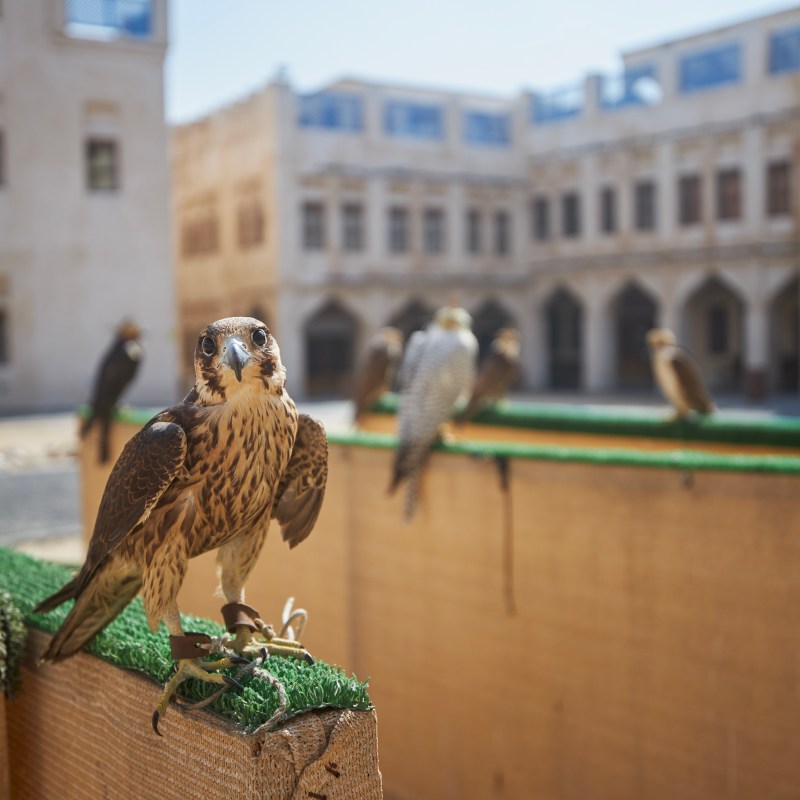
We all know the experience: you’re ambling through a gorgeous plaza or promenade, soaking up the views and the ambiance… while surrounded by desperate, fussing pigeons.
Videos by TravelAwaits
Usually, tourists move on and forget about the hordes.
But pigeons pose recurring problems when their population booms. The biggest issue is the mess—pigeon poop isn’t just unsightly. It can cause property damage, scuff up centuries-old statues, and can even pose health problems when left unmanaged.
And that’s not likely to change. Humans have been domesticating pigeons for over 5,000 years, which means they see us and think… meal time. Most people, by contrast, think… ew, flying rat.
Personally, I love pigeons—but I can understand how they pose real problems for owners, people working in hospitality, and tourists. And it’s not hard to see how someone with a fear of birds might actually nix certain locations off their bucket list due to the presence of throngs of pigeons.
For example, Venice has been famously trying to starve out its massive population for years, especially in St. Mark’s Square.
But there’s a solution that’s slowly drifted from commercial and transportation properties into the tourism sector: using falconers and their hawks as deterrents.
Falconry & the art of training hawks to scare pigeons 101
Pigeons (and seagulls) are natural prey for hawks—and they scatter when they see one of these bad boys in the area.
In the US, the Department of Fish and Wildlife declared commercial hawking legal in 2008. Since then, more and more companies have invited falconers to their property to scare away the birds.
Usually, a quarterly visit is enough to keep populations at bay. However, resorts in some areas, like Cancun, Mexico, and Madeira, Portugal, rely on falconers year-round.
It’s a win-win-win by almost every metric. First, falconers scare the bejeesus out of the pigeons—but they don’t actually harm them. Second, guests usually love to see the process in action. (Who wouldn’t?) Third, it’s the most affordable solution available to hotel and resort owners.
Even falconers have said that they appreciate the chance to do their thing publicly. It helps curry interest in predatory birds, along with holistic bird abatement.
Where do hotels and resorts use falconers, aka ‘bird mafia’? And can you get involved?
Worldwide, more and more hotels and resorts are relying on falconers to keep their pesky pigeon populations at by. As mentioned above, you might have seen viral videos of hotels in Cancun with falconry programs, along with resorts in Madeira.
California’s hotels and resorts also rely heavily on falconry, especially in beachside communities that are also contending with seagulls. Though Florida has been slower to adopt falconry practices, many destinations in the Sunshine State are also bringing on falconers.
If you’re interested in getting a hands-on view of these falcons doing their thing, I have two recommendations: call ahead to see if your stay might coincide with a falconry visit or head to a hotel that actually offers a hands-on falconry experience.
These American hotels offer falconry experiences:
- The Hotel Hershey (Hershey, Pennsylvania)
- The Broadmoor (Colorado Springs, Colorado)
- The Woodstock Inn & Resort (Woodstock, New York)
- Omni Homestead Resort (Virginia)
- Troutbeck (Amenia, New York)
